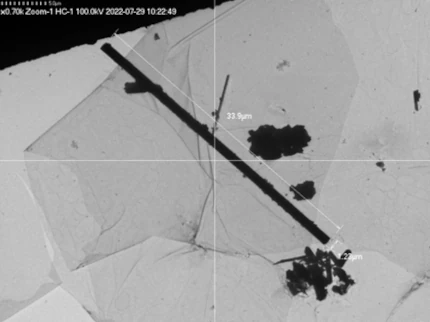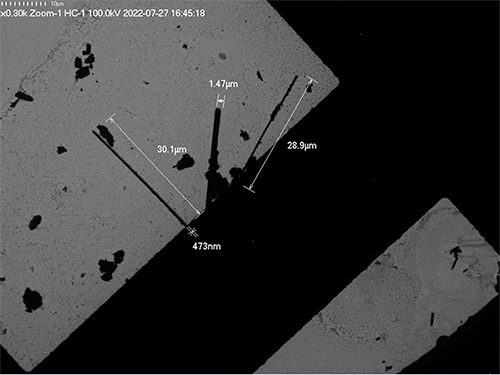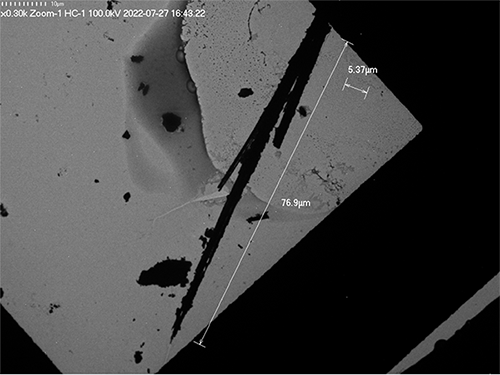Accueil » Asbestos in air samples
Asbestos in air samples


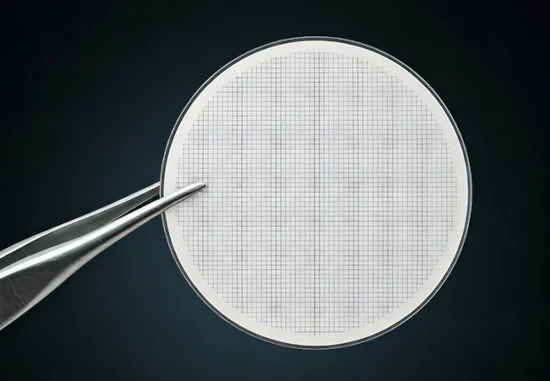
Identify PCM Fibres
According to the regulation, PCM is the standard method for air testing, and fibre concentration is calculated based on PCM observations. If the concentration exceeds the limit, TEM can help identify the fibres observed by PCM to determine if they are asbestos.
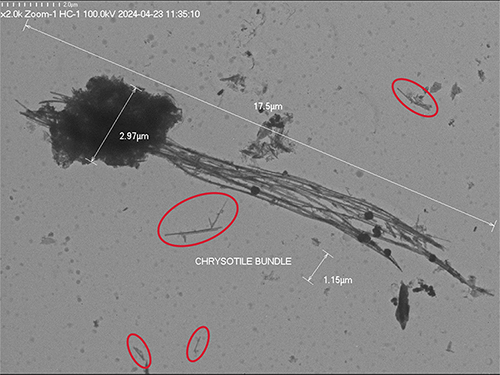
Beyond PCM limits : know the real exposure to asbestos
Fibres released from ACMs are released in different sizes. The size distribution of asbestos fibres varies in function of the ACM removed and the technique used to remove it. Many of these asbestos fibres are thinner than 0.2 μm and therefore are not observable using Phase Contrast Microscopy (PCM).
By using TEM for your sample analysis you can avoid under-estimations in exposure and detect the thinnest fibrils of chrysotile from about 0.02 μm in width that may be present but undetected by PCM when analysing personal/environmental monitoring, and clearance filters, resulting in potential risk of exposure to workers and public.
PCM does not differentiate the nature of the objects counted moreover the direct preparation of filters can lead to an underestimation in counting when particles mask the fibres. In addition, chrysotile has the ability to generate fibrils up to 0.02 μm in diameter, which is ten times less than the separating power of an optical microscope. Finally, the chrysotile fibres are taken from a cellulose ester medium, a deep membrane, into which these winding fibres penetrate. Using PCM observation, the same fibre can therefore be found on several focal planes and poor focusing can lead to artificially splitting a long fibre, which will not be counted as such. Amphiboles are different because these asbestos fibres are more rectilinear and have a lower capacity to generate fibrils as thin as those of chrysotile.
